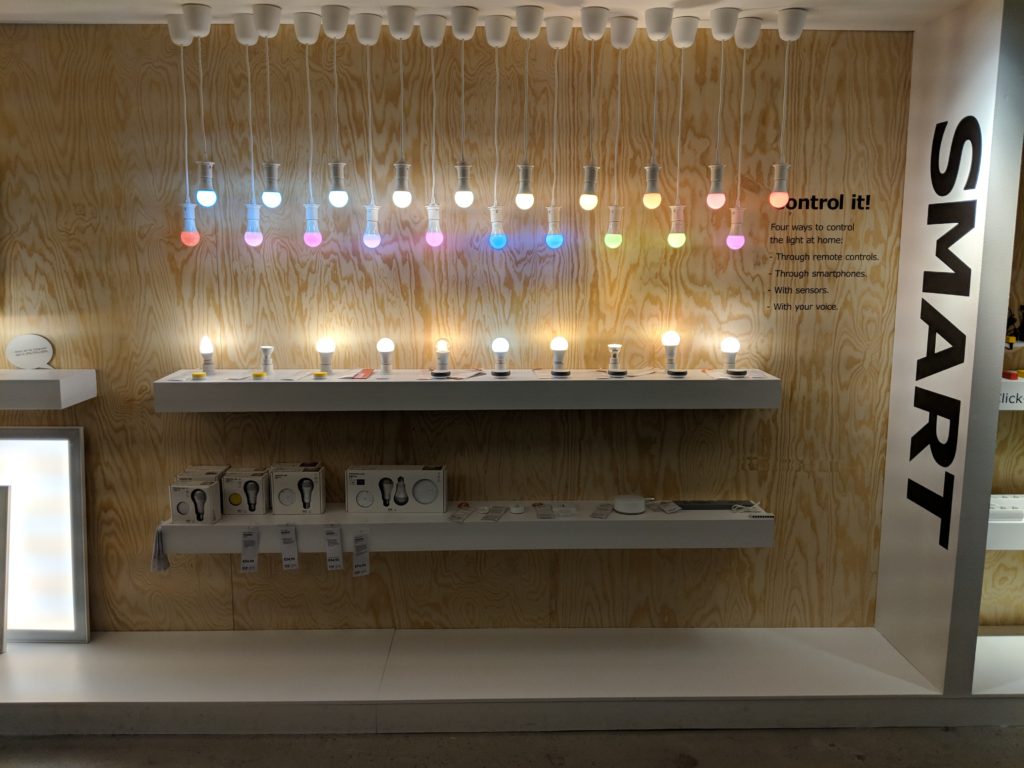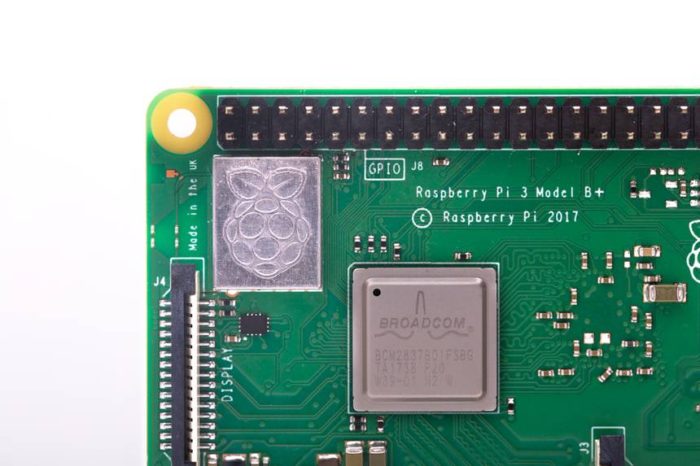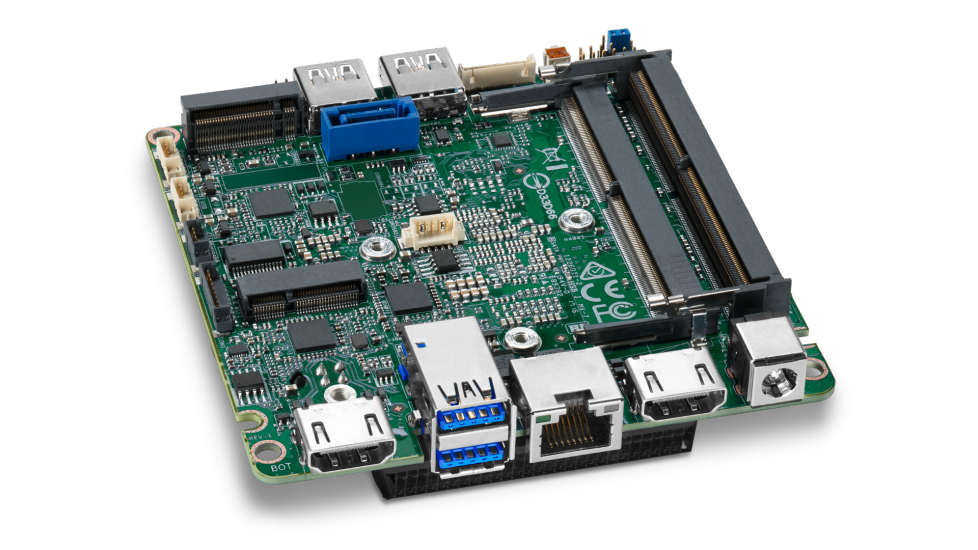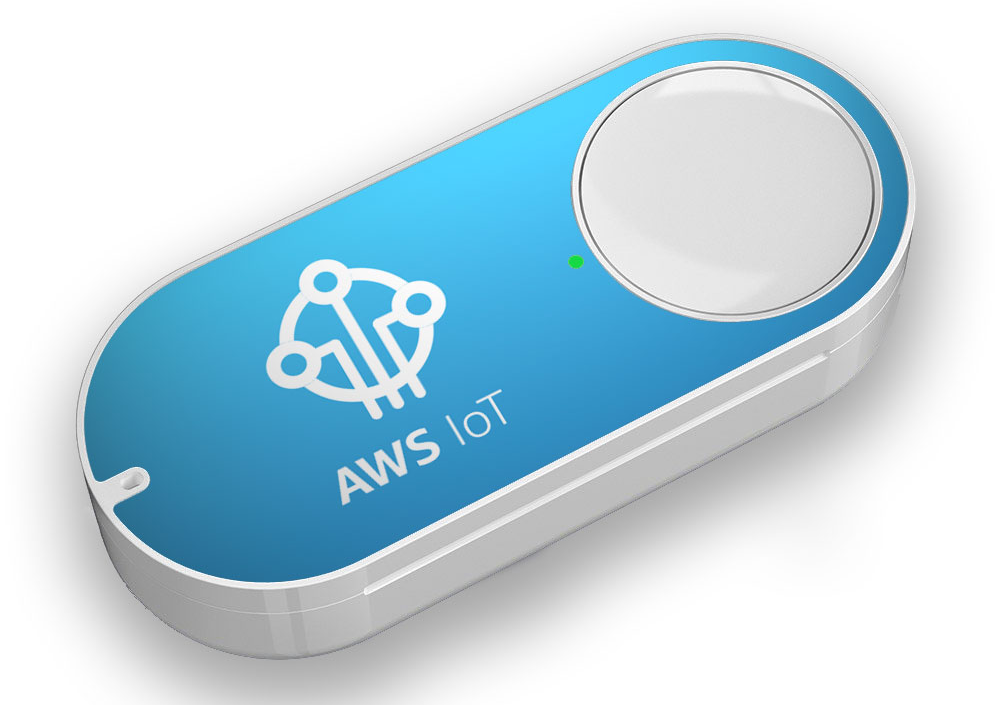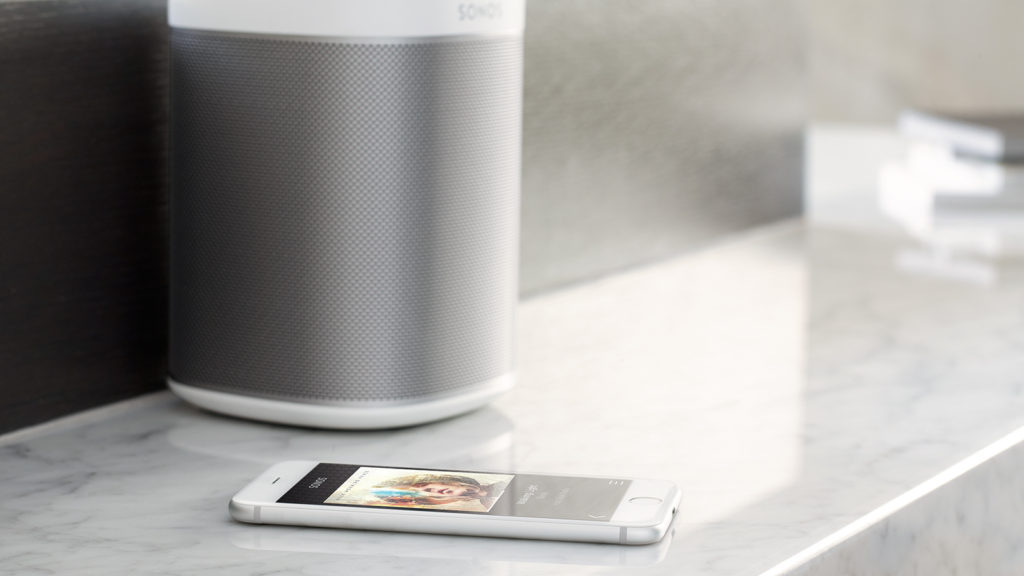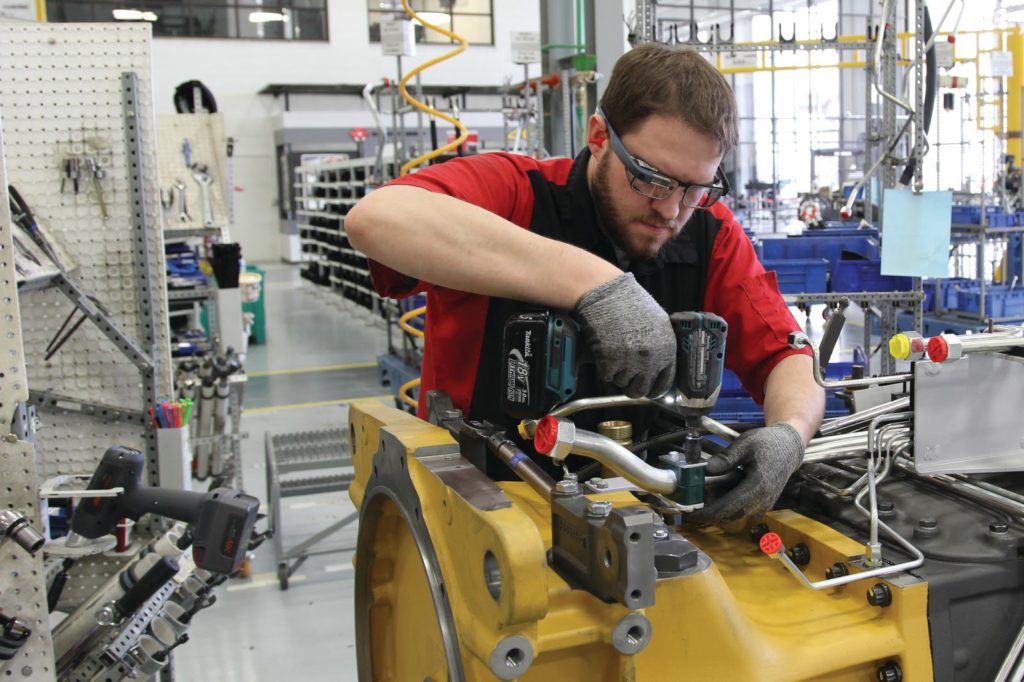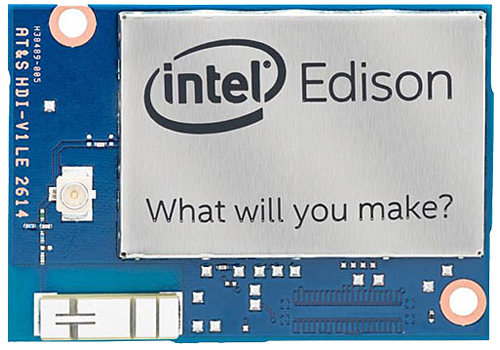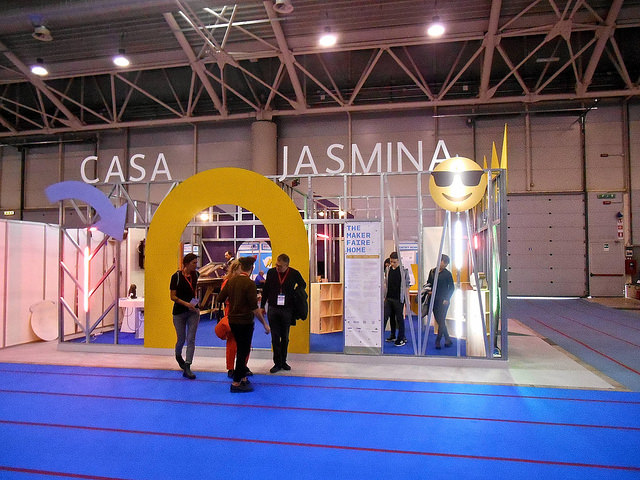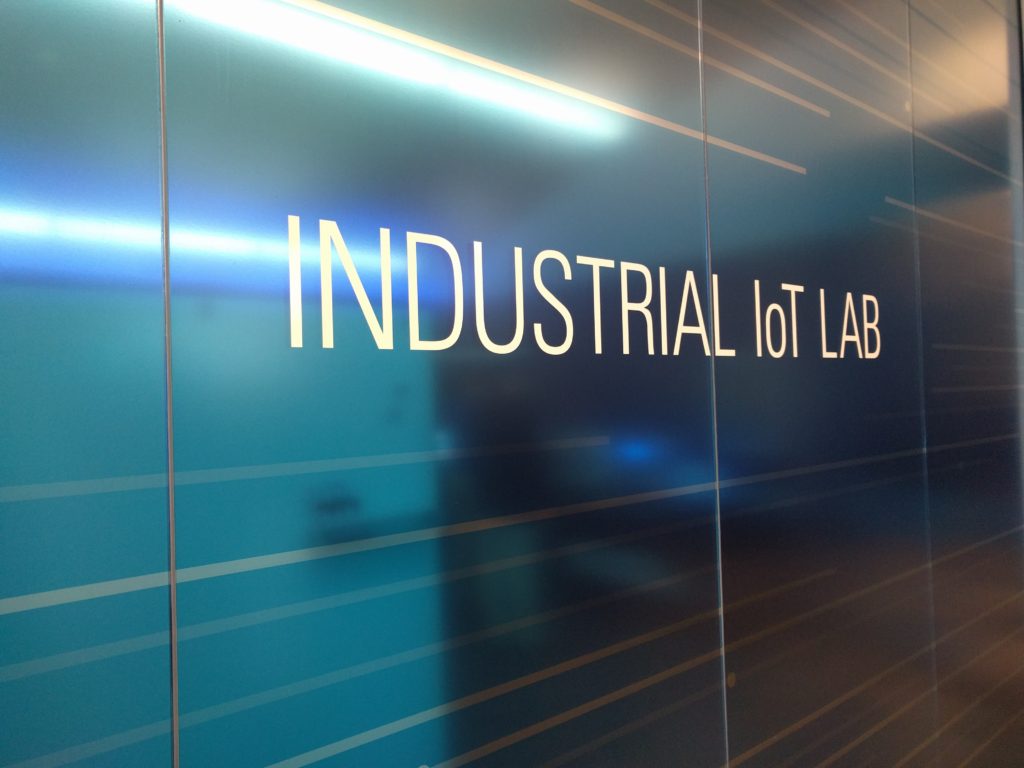The Wi-Fi Alliance has created a new standard for mesh networks, and Kevin and I are on top of it, discussing what it means, who’s participating, and whether or not it matters. We then tackle Sigfox’s new sensor and network in a box offering before sharing details on a new home hub from Hubitat that keeps your data local. We then talk up a new product for communicating with your kids, plans for outdoor lights from Philips and Netgear’s Arlo, and Kevin discusses his experience with the $20 Wyze v2 camera. He also bought a Nest x Yale lock, so we talk about that before getting a tip from a listener on the hotline about using cameras to set his alarm.
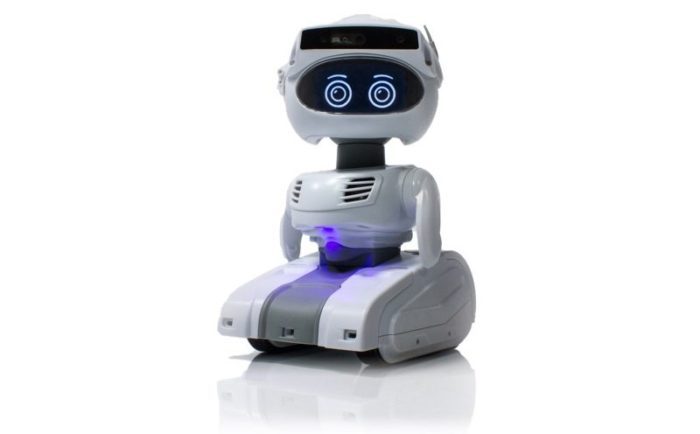
Our guest this week is Chris Meyer, who is head of developer experience at Misty Robotics. We talk about the newly launched personal robot that is aimed squarely at developers. In our conversation we get technical (so many specs), physical (why do robots fart?) and philosophical (will playing with robots turn our kids into monsters?). You’re going to enjoy this episode.
Hosts: Stacey Higginbotham and Kevin Tofel
Guest: Chris Meyer of Misty Robotics
Sponsors: MachineQ and Bosch
- Where’s Eero in this new Wi-Fi spec?
- A hub privacy-minded folks could love
- Why wouldn’t you buy this $20 camera?
- Robots are in their infancy
- Why do robots fart?
Podcast: Play in new window | Download | Embed
Subscribe: RSS

